There’s no better way to explore a city than by bicycle. You get to see more, smell more, hear more and feel more than any other mode of transport, discovering hidden gems all along the way. But all cities are not created equal when it comes to bike discovery. Hills, traffic, pollution and other challenges are best suited for feet, cars, buses and trams. With a warm sun in the sky, here’s our pick of the best cities to hit the pedals.

1. Amsterdam
In a city with 780,000 residents and over 600,000 bicycles, you know the riding is good, especially in the 17th century city centre, where the narrow lanes and canals don’t really suit cars anyway. Amsterdam has over 400km of bike trails, making it easy and safe to get around, with ample bike racks to secure your bike. This is important to note since there are more bikes stolen per year than bikes in the city – maybe they should just make them all communal! There are plenty of bike rental companies about for visitors, located at hubs by Dam Square, Liedseplein and the Central Station. For about 8 euro a day, you can explore the city, or pedal into the countryside to explore old windmills and farms. Best of all, the city is located just two metres above sea level, so it’s flat all the way.

2. Portland
With over 100km of bike paths, 48km of low-traffic bike boulevards and 283kms of bike lanes, it’s no wonder Portland touts itself as the bike capital of the United States. It holds the country’s highest bike commuter rate, about 10%, and is renowned for its citywide bike programs. Visit the Saturday Market or popular Farmer’s Market for a pitstop of artisan cheese, or pedal up to the Powell Butte Nature Park for a panoramic view of the city. Portland is also known as the City of Bridges, many of which have safe bike lanes. As for the weather, cyclists can rest easy with covered bike parking, like the ones found outside the Hawthorne Boulevard Shopping District.

3. Copenhagen
One summer in Copenhagen, I learned how to ride a bike while drinking beer. Not behaviour to be encouraged, but in a city with 350km of bike paths, and 20km of safely designated bike lanes, I could at least count on avoiding cars. About 40% of the city cycle every day, along bike lanes with their own signal systems, and privileges like going down one-way streets. Copenhagen launched the world’s first communal bike-share program, which has since spread to various cities around the globe, so much so that copenhagenization is a term used in urban planning. Bicycles are the fastest and easiest way to explore the relatively flat city, taking in sights like the Tivoli, the Danish Royal Palaces, and the colourful Nyhavn canal.

4. Berlin
Berlin has a vibrant bike culture. 7 out of 10 residents own a bike , accessing over 800km of bike paths including designated lanes, off-road routes and shared pedestrian/bike sidewalks. What’s more, there are also Fahrradstrassen, roads restricted to bikes and vehicles that travel under 30 km/hr. The public bike program is handy for tourists and locals, who can use their cellphones to unlock the public bikes. Bike rentals are available around the city. Make sure to get a map to explore the various neighbourhoods around the city, or follow the popular Berlin Wall Trail along the old Cold War relic. Like most of the best bike cities, Berlin has no steep hills.

5. Bogota
Every Sunday, visitors to the Colombian capital of Bogota will find major thoroughfares devoid of cars. Welcome Ciclovia, a local tradition that allows cyclists, rollerbladers and pedestrians to roam about the city in safety. The weekly event has proved so popular it has since spread to other cities in South America. Cyclists come together across socio-economic divides in an eco- transportation utopia, a far cry from the city’s unfortunate reputation for crime. While popular tourist spots like Plaza de Bolivar, Palacio de Nariño, and La Catedral are located in hilly Candelaria, Ciclovia is still a great opportunity to experience the heart of the city.

6. Vancouver
Vancouver continues to expand its bicycle lane program, with several new arteries opening up under its current mayor (who famously bikes to City Hall). The city boasts 300km of on and off-road bike routes. If you’re visiting, head down to Denman Street where you can pick up a rental at Cycle BC or Spokes Rentals. From there, you’re just seconds away from the city’s star bicycle attraction, the 22km long Seawall. Flat, paved, and with stunning views of the city and local mountains, you can follow the Seawall around Stanley Park, or continue towards Granville Island, where a handy bike ferry can shepherd you across the inlet.

7. Vienna
Ah, Vienna! Austria’s capital city is large and spread out, but the UNESCO World Heritage historical centre is easy to explore by bike, with most attractions accessible within a half hour. There are ample bicycle lanes and paths, although a map will certainly help you navigate some of the city’s notoriously odd bike paths. Hardcore cyclists often arrive via a bicycle route that follows the Danube from Germany, through Austria and onto Hungary. Fortunately, the rest of us can hire City Bikes (there are over 100 stations in the city) and explore the Sightseeing Bicycle Path Ringstrasse around the old city, where we can enjoy views of the Opera, Burgtheatre and Parliament.

8. Soweto
The largest township in South Africa offers some remarkable guided bicycle tours. While neighbouring Johannesburg has a reputation for violent crime, visitors to Soweto (population 1.7 million) are surprised to find a friendly and safe atmosphere. Soweto Bicycle Tours range from two hours to full days, and take you to historical sites all over the township. Visit the former, humble brick home of Nelson Mandela, the site of the Soweto uprisings, a workers hostel, and even an authentic shebeen, where you can grab a traditional beer and talk to the locals.

9. Helsinki
Exploring a city by bike often reveals far more of a city than by foot or car, but there’s another advantage as well. It’s cheap, which comes in handy when touring a notoriously expensive city like Helsinki. The city has 1100 km of bike routes that are popular with residents as well as visitors. If you get tired, it’s reassuring that transporting your bike on the local trains and metro carry no additional fees. There are 27 Home District routes designed to help you explore key historical, cultural and archaeological areas of interest. Unfortunately, Helsinki recently suspended its City Bike program, but head to Greenbike on Bulevardi, or Ecobike next to the Finnair Stadium, for reasonably priced rentals.

10. Montreal
My first night in Montreal ended up in a karaoke bar. It was a warm night, so at 1am in the morning, a local friend decided to make good on her promise to show me Old Montreal. We borrowed bikes and hit the 15km-long paved bike lane on the Lachine Canal. We continued onto the empty streets of Old Montreal, discovering its secrets around each corner. The cobblestone on Saint-Paul, the neon-blue floodlights of the Notre Dame Basilica, the blue Quebec flag flying over Parisian-style art galleries, cafes and bars. The streets were all but deserted, but the air was tingling with culture. Montreal felt like Salome dropping her veils, just for me. Fortunately you no longer need a local friend to provide the bikes. Montreal has Bixi, a successful public bike program, where you can rent one of 5000 bikes at over 400 stations around the city with the swipe of a credit card.

10. Chiang Mai
I had a blast exploring Chiang Mai with the help of a city bike program called Mobike. Easy to use with an app connecting to the bike via bluetooth (and tracking your rides to record your calorie-burn and carbon-saving), Mobikes are inexpensive, convenient, and a great way to explore the Old City’s amazing temples. There are two types of bikes, and you definitely want to pick out the orange ones with the larger basket. It’s a very smooth ride and comfortable in the saddle. Although they have an automatic night light, the silver ones are much lighter and unstable to ride. With its flat roads and many alleys, Chiang Mai is definitely a city made for biking around.































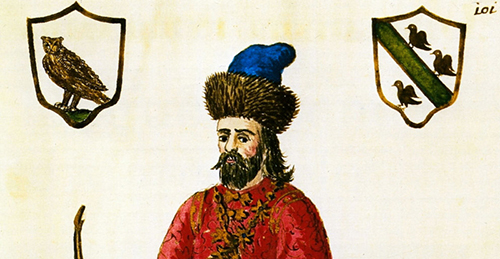
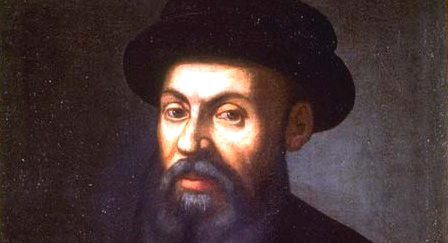
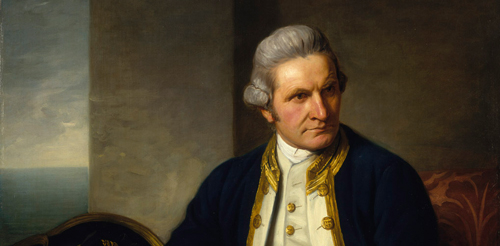
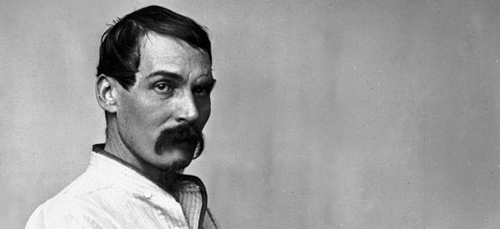
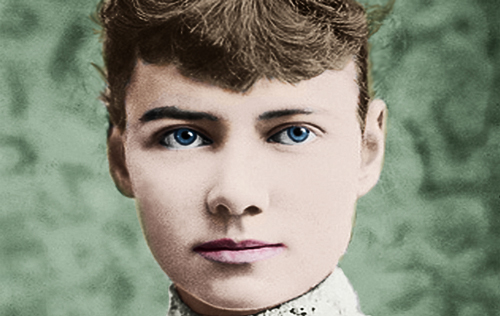
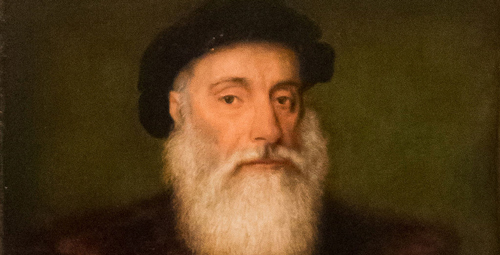
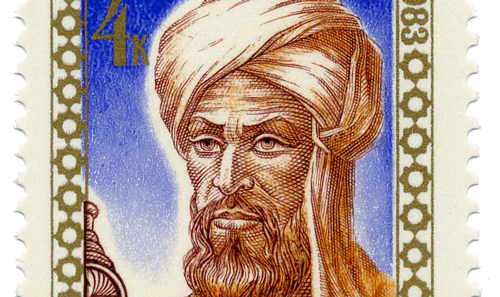

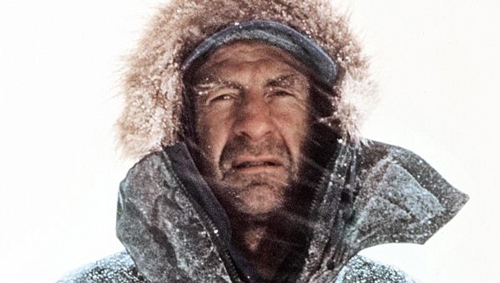
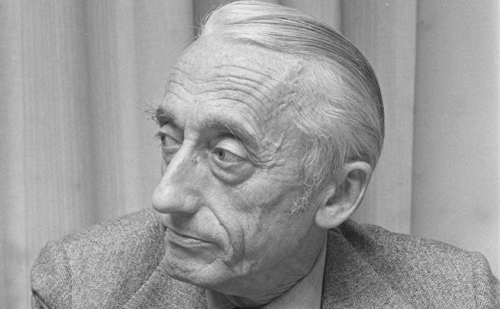
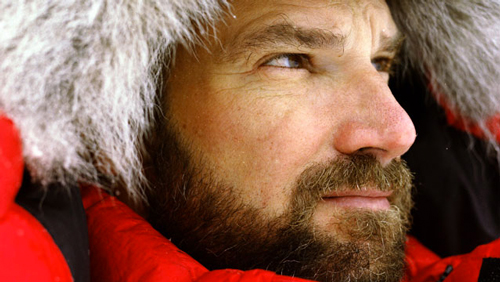

 Strolling the Princess Walk along the Yarra River takes you to Melbourne Park and the Melbourne Cricket Ground, the most accessible major sport stadium in the country. I’d need another book to explain my love of cricket (three pages for the love, 497 pages for how the game works). As for the Australian Open, I watched a local player knock out an American player to raucous enthusiasm from the crowds, and a mid-seed Czech player see off a spirited challenger from Monrovasomethingstan. Absent were Wimbledon’s strawberries and cream, along with that tournament’s stuffiness, tradition, and prices. Fact is: more spectators show up to Melbourne Park each January than at any of the other Grand Slams. Bring your sunscreen.
Strolling the Princess Walk along the Yarra River takes you to Melbourne Park and the Melbourne Cricket Ground, the most accessible major sport stadium in the country. I’d need another book to explain my love of cricket (three pages for the love, 497 pages for how the game works). As for the Australian Open, I watched a local player knock out an American player to raucous enthusiasm from the crowds, and a mid-seed Czech player see off a spirited challenger from Monrovasomethingstan. Absent were Wimbledon’s strawberries and cream, along with that tournament’s stuffiness, tradition, and prices. Fact is: more spectators show up to Melbourne Park each January than at any of the other Grand Slams. Bring your sunscreen.